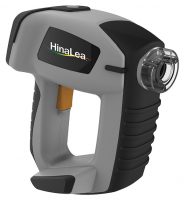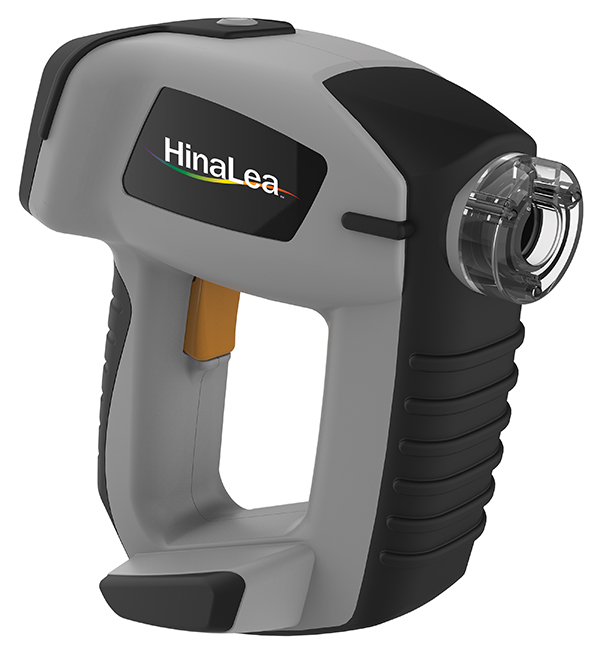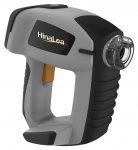
Respiratory symptoms are not the only sign of a potential COVID-19 infection. Viral infections can also trigger rashes on the body, and many physicians have observed skin lesions in coronavirus patients, which have been dubbed ‘COVID toes’. This month HinaLea Imaging, a company that develops hyperspectral imaging technology, is initiating a research program that will collect data from as many as 200 critically-ill COVID-19 patients. There are three components to the program: To “develop a non-invasive and rapid method to assess skin findings for ischemia; categorize rashes based on spectral signatures; and correlate different rash subtypes with clinical outcomes. The program will take place at two hospitals in New York and Maryland.
Principal investigator Raja Srinivasan, M.D., clinical assistant professor at the University of Maryland School of Medicine recently discussed the program with MedTech Intelligence.
MedTech Intelligence: How is the role of imaging technology changing in the face of the challenges that COVID-19 presents?
Raja Srinivasan, M.D.: Interestingly, physicians were relying on their foreign colleagues’ early descriptions of COVID-19 illness as visualized on chest X-ray and CT scan to diagnose the disease long before the stuttering rollout of the reagent-based COVID-19 test. To me, this highlights one advantage that imaging-based diagnostics have over lab-based diagnostics: Imaging technology can transform pathology into some reasonably comprehensive numeric description at the bedside, and numbers can be transmitted and analyzed in agile and scalable fashion. In contrast, the medical-industrial infrastructure struggled to scale production of the COVID-19 test reagent to meet demand. Across the U.S., many hospitals experienced a “resource-limited” state, and much of the pain came from disposables and consumables that were in short supply. Even with the advent of point-of-care testing systems, the need for a steady supply of proprietary cartridges and other consumables clearly limits their use in remote, far-forward, and other resource-limited settings. And when a new illness emerges, it takes months of superhuman effort to cope and adapt.
Given the ability of near-infrared light to travel harmlessly through biological tissues, emerging with diagnostic information, I do believe that using near-infrared spectroscopy to generate calibrated, reproducible numeric descriptions of tissues, tissue surfaces and bodily fluids in health and disease may reduce our dependence on reagents and other disposables/consumables. Essentially, spectroscopy brings part of the chemistry lab to the patient’s bedside, rather than transporting part of the patient to the chemistry lab. Like X-rays and CT scans, near-infrared spectroscopy can transform the patient’s pathology into some reasonably comprehensive numeric description at the bedside. When a new illness emerges, finding a unique or novel spectral signature within the tissues and bodily fluids could lead to more rapid dissemination of key diagnostic information, much like the dissemination of X-ray and CT diagnostic patterns helped us deal with COVID-19 when the test reagent was still in short supply.
MTI: What is the value of providing virtual biopsies? Please discuss from the patient and clinician standpoint.
Srinivasan: Keeping in mind that “virtual biopsy” is not formally defined, the ideal situation would be finding a technique to scan a lesion, say a skin finding, and classify with high accuracy the pathophysiology or disease mechanism underlying the lesion. Ideally, the scanning process would be safe, quick, non-destructive, and non-toxic. From the patient point of view, noninvasive studies are generally safer and less painful/stressful. The speed with which spectral imaging can be completed at the bedside, compared to the need to take a specimen to a lab and perform histologic processing, would also be a noticeable benefit. Time to diagnosis would be reduced. From the physician point of view, scanning a lesion with near-infrared light would be less labor-intensive than obtaining samples using invasive methods. Rapid transmission and analysis of numeric data would speed medical decision-making and improve physician efficiency/throughput. Lastly, the logistics of transporting specimens are downright cumbersome, especially when bio-hazardous material is involved, compared to transmitting numbers and signals.

MTI: What will the hospital project involving HinaLea’s hyperspectral imaging for analyzing COVID-19 rashes involve?
Srinivasan: We would like to collect a small but high-quality spectral database of skin and subcutaneous tissue in the visible and near-infrared range in COVID-19 patients. In particular, the ability of the HinaLea imager to obtain information in a large number of narrow wavelength bands for each point in the image means we can identify not just the visible light changes associated with different rash types but also the contribution of the deeper subcutaneous tissues into which near-infrared light penetrates before being absorbed, scattered or reflected back. Near-infrared light is less influenced by melanin and skin pigmentation, meaning the near-infrared reflectance pattern may correlate much more strongly with different pathologic processes that are hidden to the human eye by the superficial layers. Given that the skin and subcutaneous tissues may simply be reflecting changes also impacting deeper organs, different spectral signatures obtained using the HinaLea imager may be diagnostic of thrombopathic/coagulopathic or vasculitic processes that are actually affecting the entire body.






